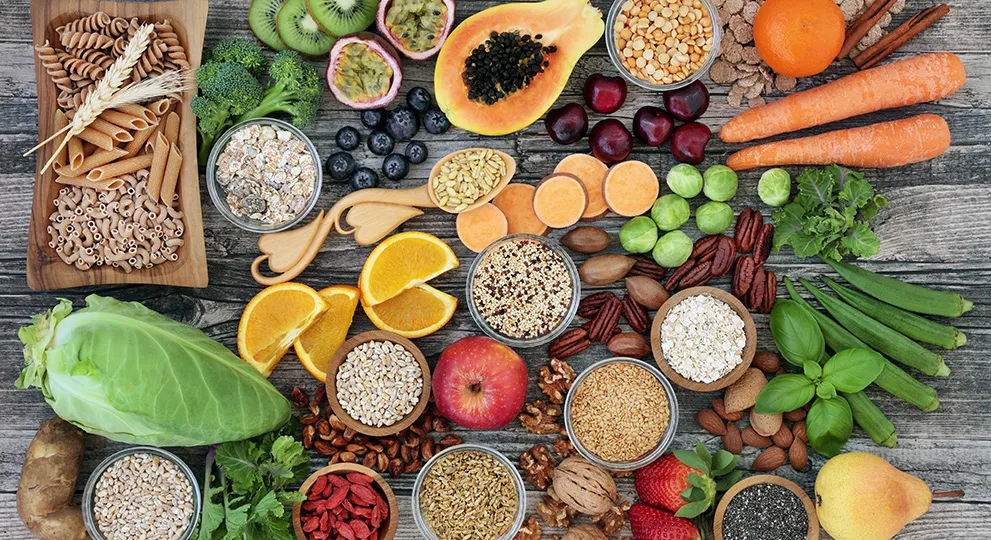Four steps to a healthy pantry and refrigerator
Four steps to a healthy pantry and refrigerator
Four steps to a healthy pantry and refrigerator

One of the most important and helpful tools for eating healthy is a well-stocked fridge and pantry. When you have a cupboard filled with high quality, easy-to-prepare items, you are much more likely to stick to a healthy eating plan and less likely to rely on restaurants and fast food, which are often loaded with sodium, saturated fat and preservatives. With so many foods to choose from in your average grocery store, it can be challenging to determine which to take home and which to leave behind.
Melissa Rifkin, a registered dietitian, recommends following these steps to help you stock up on staple items that can be versatile and help with healthy eating.
1. Clean out your kitchen
Before restocking your pantry and fridge with better quality items, take time to toss expired and spoiled ingredients, clean storage surfaces in your pantry and fridge and create an organizational system that works for you and allows you to easily see what you have on hand. Organizing your ingredients saves you money by ensuring you don’t double up on unnecessary ingredients, maintains cleanliness and helps reduce the likelihood of spoilage.
2. Stock your pantry
- Grains: Brown or wild rice; quinoa; and oatmeal are high-fiber, complex carbohydrates that are versatile and can be prepared in bulk
- Legumes: Dry beans and lentils are fantastic, but if you don’t have time to soak and cook them, canned beans are a good backup. Look for those with no added salt—preferably, the only ingredients are beans and water
- Nut products: Nuts roasted without salt are a great option for a quick protein boost and some healthy fats. Choose nuts and nut butters without added sugar
- Oil and flavor boosters: Choose oils high in unsaturated fat—like olive—to cook with and for salads. Use spices and herbs to pack in flavor and antioxidants to your favorite dishes. The American Cancer Society notes, “antioxidants include vitamins A, C, and E; selenium and zinc; and some enzymes that absorb and attach to free radicals (destructive molecules), preventing them from attacking normal cells"
3. Stock your refrigerator
- Produce: Fruits and veggies should be a hallmark of all meal plans. Choose in-season fresh produce to maximize flavor and stock up on frozen options to ensure you always have some produce on hand
- Lean protein: Eggs, Greek yogurt, cottage cheese, fish, poultry and lean cuts of beef can all be purchased fresh or frozen. Make sure to store these items, especially raw meat, on the bottom shelf of your fridge to separate them and reduce the chances of contamination with other foods
- Low-sugar beverages: Swap out soda and other sugary beverages for drinks with less sugar
- Dips and dressings: Hummus, guacamole, pesto and olive oil-based salad dressings are great ways to add flavor and nutritional value to snacks and meals and increase veggie intake. Higher calorie dips made with cheese, beans and sour cream may be especially helpful for those experiencing appetite loss
Create an environment at home that supports healthy eating by choosing items close to their natural state with little or no processing.
The information contained herein is provided for educational purposes only and is not intended to replace discussions with a healthcare provider. All decisions regarding patient care should be made with a healthcare provider.
Melissa Rifkin, MS, RD, CDN, is a registered dietitian from New York City where she has spent the last 10+ years working in oncology, surgery, and bariatrics. She holds a bachelor’s degree in dietetics and a master’s degree in clinical nutrition. Melissa enjoys sharing her knowledge of nutrition and overall well-being through her Instagram account (@confessionofadietitian).













